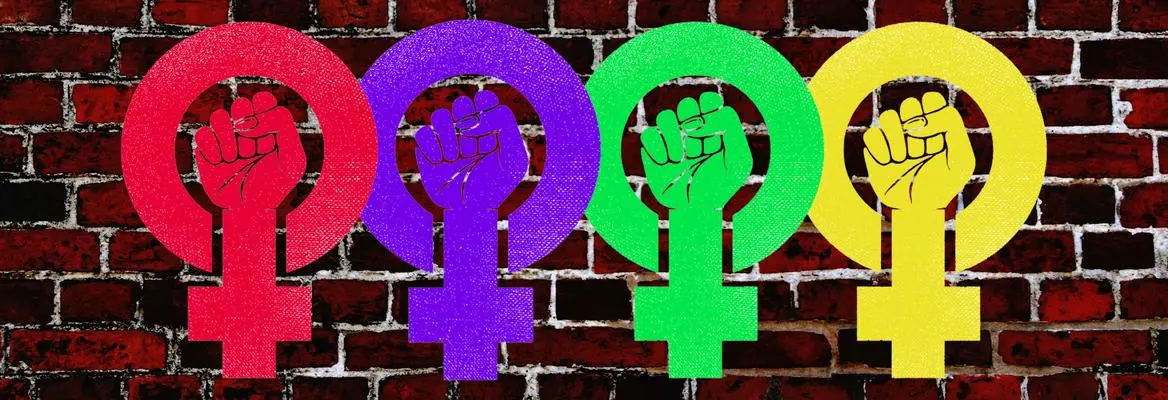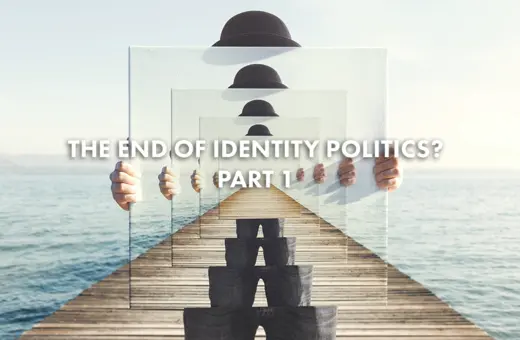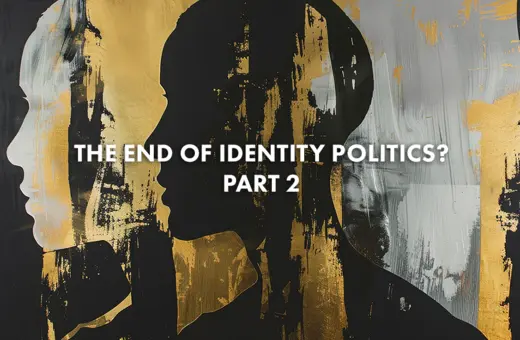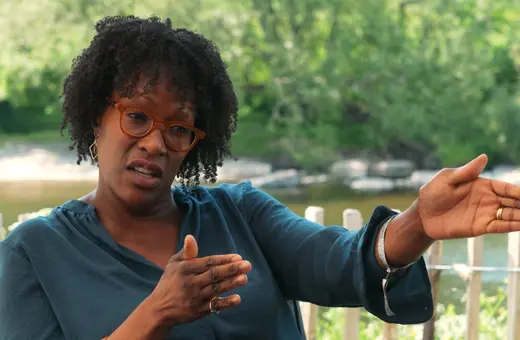Many dismiss the goal for more female representation in boardrooms as mere “corporate feminism”, not truly advancing the interests of women. Others think that including LGBTQ rights as part of the feminist agenda dilutes the real cause. But the argument that there is one correct way to fight for the equality of the sexes is wrong. It’s mostly used for grandstanding and dismissing political opponents. We need to rethink feminism so that it can allow for a plurality of views that critically rethink who feminism aims to protect, and who it seeks to exclude, writes Hazel Biana.
Feminism is one of the most fundamental theories behind the aim to give power back to women. By challenging gender norms and expectations, the feminist movement examines what society has done to women over the years. Although the waves of feminism begun with the fight for equal rights between men and women of the same class, it has evolved into multiple causes which seek to improve the social order. Feminism, however, can be misused by those who fail to understand it. It can also be a divisive tool among members of society, especially those who refuse to recognize that everyone is part of the fight against different forms of oppression and that different people also have the right to be heard. A more pluralistic account of feminism acknowledges that though each experience of oppression is unique, everybody has a stake in the struggle.
 SUGGESTED READING
The false freedom of the female gaze
By Emma Syea
SUGGESTED READING
The false freedom of the female gaze
By Emma Syea
In recent years, the concept of the fourth and fifth waves of feminism has been the subject of some debate. Since both waves rely heavily on social media and other digital platforms, anybody can be a feminist theorist or activist. Although this can be beneficial to the fight against oppression, feminism has sometimes been reduced to seeking retribution for sexist acts on social media. While calling out such acts is imperative, those who practoce feminism differently are ostracized. For example, not posting anything on one’s social media status about women’s rights, gender mainstreaming, or sexual harassment can be misconstrued as not supporting the feminist cause. Those who do not recognize female-based trauma are labelled as misogynists. The feminist cause is fragmented into a million and one causes for every Facebook post, Instagram story, YouTube video or Twitter tweet.
But when the public is faced with a flood of personal woes online, it makes one wonder if there is sch a thing as one true feminist cause. And if there is that one true cause, what should it be?
___
When a feminism claims that it is the true feminism or the only way to criticize patriarchal structures, it is just a cult of wannabee feminists that misunderstands the feminist cause
___





















Join the conversation